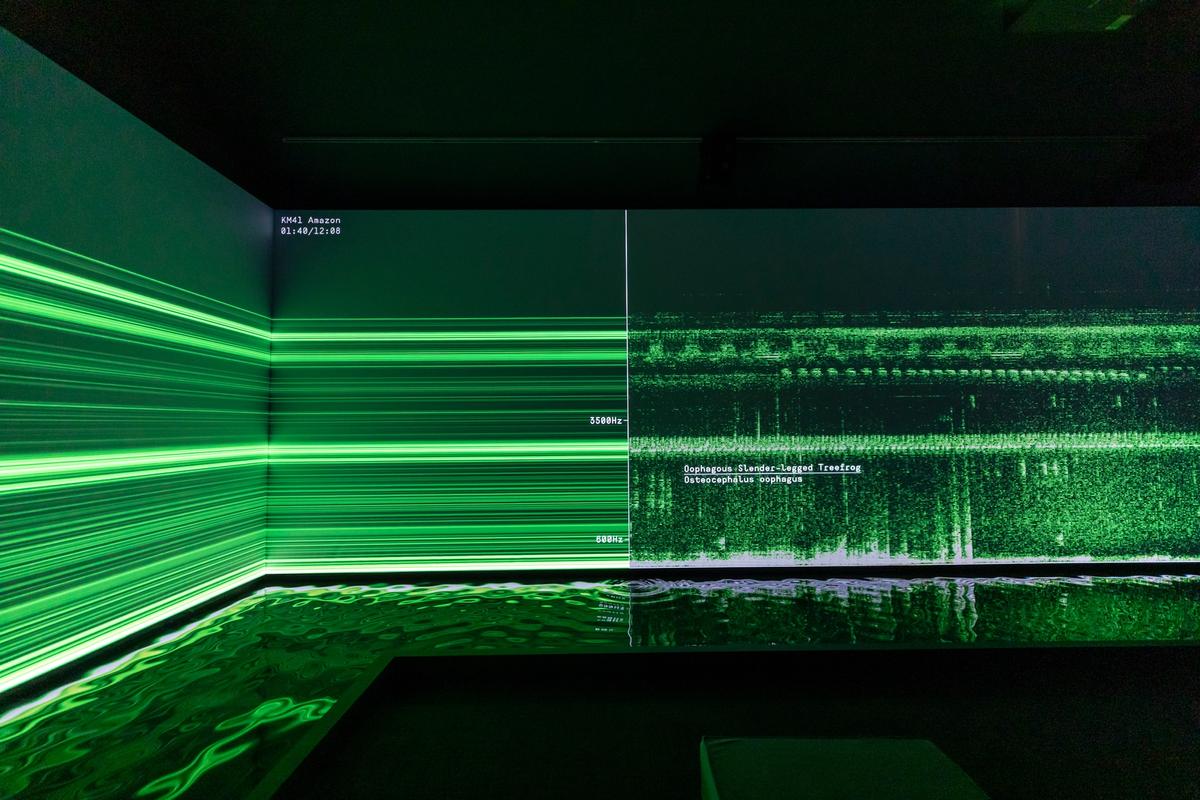The “soundscape ecologist” Bernie Krause experienced a revelation in the mid-1960s, when he wandered into a park outside of San Francisco to record natural sounds for the album Wild Sanctuary. Produced in collaboration with the musician Paul Beaver for Warner Bros, it was the first album dedicated to ecological themes that incorporated entire soundscapes, both urban and natural. Sitting among the redwood trees, Krause describes being “immediately struck by an overwhelming impression of sanctity so unexpected and emotionally powerful that it almost brought me to tears”.
Krause has had a storied career. He introduced the synthesiser to pop music at the 1967 Monterey Pop Festival, collaborated with musicians like Mick Jagger, George Harrison and Brian Eno, and crafted the sounds for iconic films like Rosemary’s Baby and Apocalypse Now. But he sees those achievements as footnotes, preferring to focus on his nearly five-decade documentation of music in its “purest” form, and his studies on the damaging physiological and ecological effects of extraneous noise to animals and humans.
Krause chronicled much of his research—which spans more than 5,000 hours of natural soundscapes—in The Great Animal Orchestra, a book published in 2012. In it he blends science with memoir, recounting travels to remote locales like the Yukon Delta in Alaska and the Dzanga-Sangha rainforest in the southwestern Central African Republic to record places and animals, some of which no longer exist.
In collaboration with the Fondation Cartier pour l’art contemporain in Paris, Krause created a concrete visualisation of his work that premiered at the museum in 2016 and has now made its US debut at the Peabody Essex Museum in Salem, Massachusetts. The immersive exhibition, designed in collaboration with the Peckham-based British artist Matt Clark, the founder of United Visual Artists, features a projection of a spectrogram, or a graphic illustration of sound frequencies, which allows viewers to hear and see sounds as a continuous structure.

Installation view of Bernie Krause: The Great Animal Orchestra at the Peabody Essex Museum, 2021. Photo: Kathy Tarantola.
The wall-sized projections are also lined with a shallow pool of water that ripples frenziedly when activated by more potent frequencies. Exploring the exhibition is a meditative experience in an environment of palliative soundscapes that Krause has described as “yoga for the ear”. But more critically, it aims to pique interest in how the study of sound can help humans solve pressing issues around the climate crisis, extinction and noise pollution, which Krause argues cannot be observed through sight alone.
The multi-sensory exhibition is part of the Peabody’s ongoing curatorial focus on the environment. It also coincides with a documentary about Krause directed by the French film-maker Vincent Tricon, as well as the release of Krause’s new book, The Power of Tranquility in a Very Noisy World, a “self-help” tome that guides readers on how to improve their everyday sonic habits.
- Bernie Krause: The Great Animal Orchestra, until 22 May 2022 at the Peabody Essex Museum, Salem, Massachusetts


